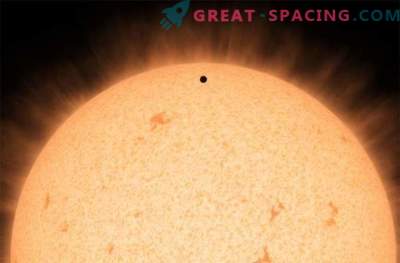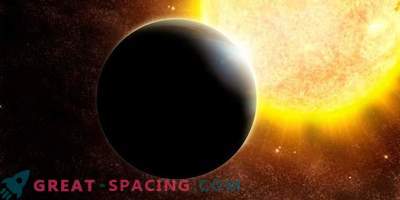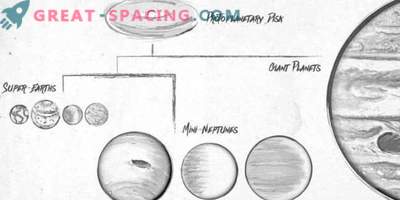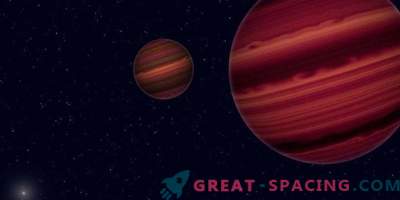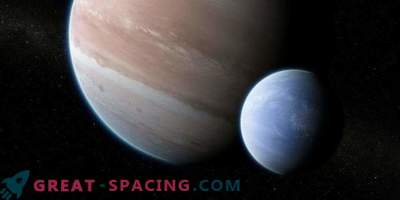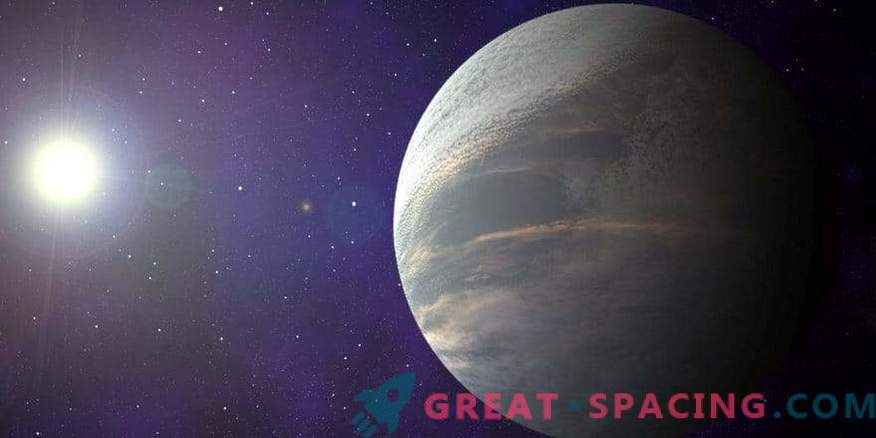
An international team of Canadian, American and German researchers discovered an exoplanet twice the size of Earth, called the Wolf 503b. It is 145 light-years distant from us and lives in the territory of the constellation Virgo. Makes an orbital circling of a native star every 6 days at a distance 10 times closer than the Mercury-Sun system.
For the search, we used the data from the K2 mission (Kepler), as well as a special program that calculates various periodic dips on the star's light curve arising from the presence of a planet. Wolf 503 is an old orange dwarf, slightly inferior to the Sun in terms of radiance, but twice as old, which made it possible to accurately determine the radius of a star and satellite.
To confirm the planetary nature of the neighbor and to avoid false positive identification, the team took adaptive optics measurements from the Palomar Observatory, and also analyzed historical information. This led to the confirmation that there are no double stars in the background, and the concrete one does not have a massive companion imitating planetary transit.
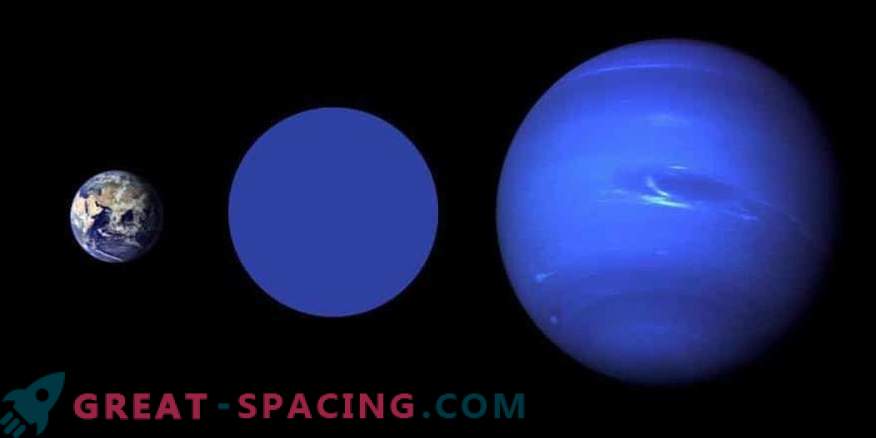
Comparative sizes of the Earth, Wolf 503b and Neptune
Wolf 503b is interesting primarily in size. The Kepler telescope showed us that most of the Milky Way planets, close to the stars, occupy parameters between the Earth and Neptune (4 times larger than ours). In our system, there are no such objects near the Sun, so researchers are trying to understand: these are small and stony super-Earths or gaseous mini-versions of Neptune. The recent discovery also indicated that it is smaller in the number of planets that are 1.5–2 times larger than the Earth. This fall is called the Fulton Gap. Wolf 503b is one of the few exoplanets with a radius close to the parameters of the gap, which has a bright planet that allows for further observations. This will help to better understand the origin of the gap in the radius, as well as the nature of the populations of super-Earths and mini-Neptunes.
It is also important that the star is located relatively close to the Earth, which means bright. In the future, they plan to measure its radial velocity, due to which the massiveness of the planet in orbit is calculated. The more massive the world, the more it affects the star by gravity. Mass and radius provide the bulk density of the planet and its composition.
Thanks to the brightness, the Wolf 503b will be a prime target for the future of the James Webb space telescope. With the help of transit spectroscopy, it will be possible to study the chemical content of the planet’s atmosphere and to detect the presence of molecules, like hydrogen and water. It is important to understand the similarity of the world with the Earth or Neptune, and maybe it does not at all resemble any planet of the Solar System. Having studied the nature of Wolf 503b, it will turn out to understand the structure of the planets near the gap radius and understand the nature of the variety of exoplanets of our galaxy.

